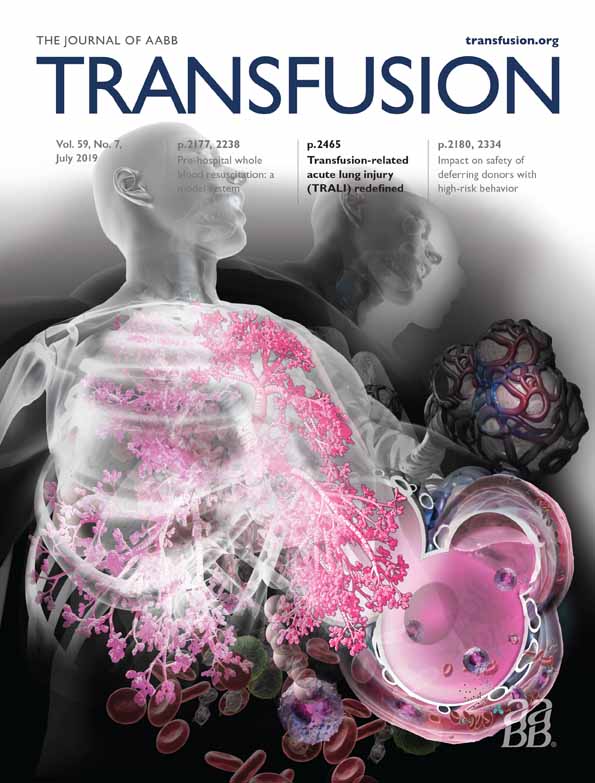Transfusion trends in hip arthroplasty in Korea: a nationwide study by the Korean National Health Insurance Service
Abstract
BACKGROUND
Hip arthroplasties are strongly associated with blood transfusion to compensate for perioperative bleeding. The purpose of this study was to evaluate the trends in transfusion associated with hip arthroplasties, using nationwide data supplied by the National Health Insurance Service.
STUDY DESIGN AND METHODS
We used data from nationwide claims database of the Health Insurance Review Assessment Service. The data managed by the National Health Insurance Service were used to identify 161,934 hip arthroplasties under three categories, including bipolar hemiarthroplasty, total hip arthroplasty, and revision arthroplasty, from 2007 to 2015. The transfusion rates, transfusion amounts, the proportion of transfusion, and cost associated with each type of operation were investigated and stratified according to age, sex, hospital type, and region.
RESULTS
The proportion of patients receiving any allogeneic transfusion was 81.1% in 9 years. The overall proportion of transfusion was 7% fresh frozen plasma, 12% platelets, and 77% RBCs. The average count of transfusions was 4.1 in bipolar hemiarthroplasty (343,815/83,729), 4.3 in total hip arthroplasty (196,869/46,097), and 8.7 in revision arthroplasty (35,044/4,024) from 2007 to 2015.
CONCLUSION
In this nationally representative study of trends in transfusion associated with hip arthroplasty, we observed significantly high rates of blood transfusion among patients undergoing hip arthroplasties. Although the overall amount of transfusion declined, the allogeneic transfusion rate was still high from 2007 to 2015 in Korea, and higher than other countries are reporting.
CONFLICT OF INTEREST
The authors have disclosed no conflicts of interest.




